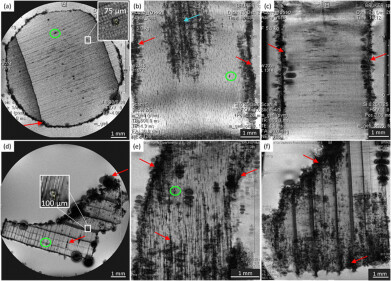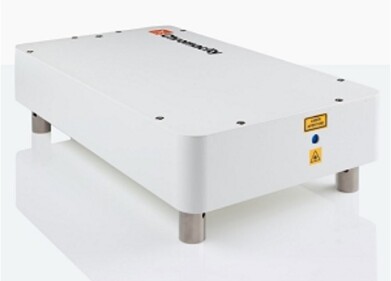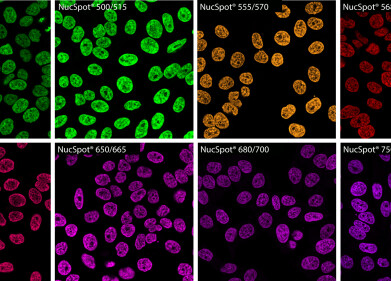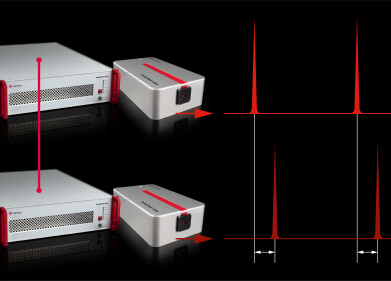Microscopy & Microtechniques
Artificial jellyfish could be the cure to a broken heart
Jul 30 2012
An artificial jellyfish created in a laboratory could one day help patients with heart disease, researchers have claimed.
Harvard researchers used cells from rat hearts and a seer polymer film to create an artificial jellyfish which could one day save patients with heart disease. This has marked a significant advancement in the field of biomimicry, where a natural wonder inspires copycat innovation in the lab.
Although the connection between jellyfish and the heart may not seem obvious at first, it is actually quite apparent when we take a deeper look. The interest in the sea-born creature comes in its remarkable swimming ability. The muscles open its bell-like body and then contract it, which offers tempting insights for scientists hoping to make small, reliable heart pumps for the future.
Kevin Kit Parker, a professor of bio-engineering at the Harvard School of Engineering and Applied Sciences said: "It occurred to me in 2007 that we might have failed to understand the fundamental laws of muscular pumps.
"I started looking at marine organisms that pump to survive. Then I saw a jellyfish at the New England Aquarium, and I immediately noted both similarities and differences between how the jellyfish and the human heart pump."
The lab creature has a body of an ultra-thin silicone polymer with eight limb-like appendages, and the arms are coated with a protein which is made to resemble the muscle architecture of the real jellyfish. The protein is used as a nutritional scaffold to grow and direct a batch of cells derived from the muscles of rat hearts.
The Medusoid - as it has been coined - was placed in a lab container of electrically conductive fluid, and scientists then added tiny voltages to make the muscle cells contract and relax rhythmically. As they did so, the arms opened and closed like fingers on a clenching fist, propelling Medusoid around the tank.
Posted by Neil Clark
Digital Edition
Lab Asia 31.6 Dec 2024
December 2024
Chromatography Articles - Sustainable chromatography: Embracing software for greener methods Mass Spectrometry & Spectroscopy Articles - Solving industry challenges for phosphorus containi...
View all digital editions
Events
Jan 22 2025 Tokyo, Japan
Jan 22 2025 Birmingham, UK
Jan 25 2025 San Diego, CA, USA
Jan 27 2025 Dubai, UAE
Jan 29 2025 Tokyo, Japan



















